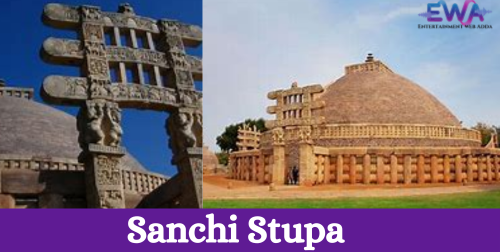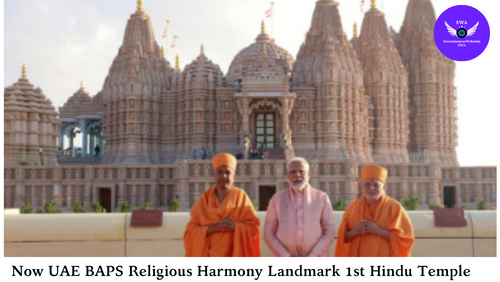Sanchi Stupa the Story of Ashoka's Enduring Legacy Visit Now
Sanchi Stupa
This temple located in the heart of Madhya Pradesh, India, is a timeless piece of Buddhist legacy and traditional Indian architecture. It represents Emperor Ashoka’s unshakable commitment to Buddhism while also serving as a spiritual and historical monument for travelers from all over the world.
Let’s look at the rich history, architecture, and adjacent attractions of this UNESCO World Heritage site.

History of Sanchi Stupa
Emperor Ashoka commissioned the Sanchi Stupa in the third century BCE, following his transformational conversion to Buddhism. The edifice was created to store Buddha’s relics, making it an important site for Buddhist teachings and activities.
Interestingly, Sanchi never met Buddha during his lifetime, but Ashoka’s dedication transformed it into a symbol of his teachings. The place became a lasting emblem of peace, compassion, and enlightenment.
Who Built the Buddha Statue?
The renowned Buddha statues of the Sanchi were not originally part of the construction but were erected later during the Gupta period (4th-5th century CE). These statues depict Buddha in a variety of stances, including meditation and teaching positions, each emanating peace and wisdom.
- Location: Sanchi, Madhya Pradesh, India.
- Timings: Daily from 8:30 AM to 5:30 PM.
- The best time to visit is from October to March, when the weather is ideal for exploration.
- Also read about Maha Kumbh Mela 2025
Nearby Attractions
- The Ashoka Pillar, beside the stupa, is a finely polished sandstone pillar with inscriptions of Ashoka’s edicts.
- Buddhist Viharas: The ancient monasteries in Sanchi provide insight into the lives of the monks who meditated and lived there.
- The Gupta Temple, a modest yet historically significant monument from the Gupta dynasty, demonstrates the progression of temple construction.
- Udayagiri Caves, located approximately 13 kilometers from Sanchi, feature rock-cut sculptures and inscriptions from the Gupta period.
- Satdhara Stupa, located 9 km distant, features lesser stupas and provides a peaceful experience apart from the main monument.
Sanchi Stupa Architecture
- The Dome (Anda): A gigantic dome symbolizing the universe, housing Buddha’s treasures, topped with a central pillar (Harmika) and umbrella (Chhatra) for protection.
- The Toranas (Gateways): Four carved gateways illustrate Buddha’s life and Jataka stories, signifying cardinal directions via complex storytelling art.
- The Medhi (Circular Pathway) is a raised platform around the dome where devotees execute the Pradakshina ritual.







Pingback: Ranakpur Temple The Secrets of Its 1,444 Marble Pillars